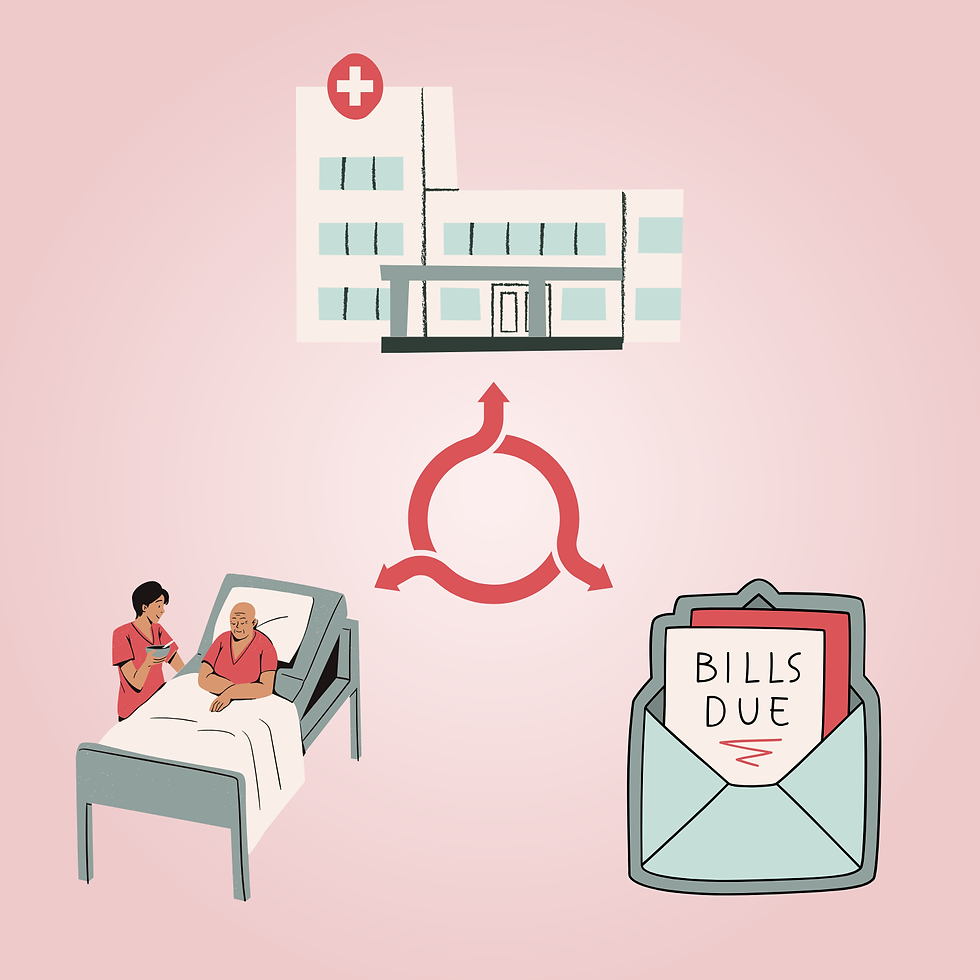The White Coat: A Symbol Stained with Systemic Oppression
- Jennifer Nguyen
- Mar 29, 2021
- 3 min read
Standing between a minority and their voice in the healthcare system is a white coat with the inclination to discredit minority experiences. “Black people feel less pain,” while “Women are too sensitive to pain.” It comes as no surprise then that black women are at three times more likely than white women to die during childbirth.
These implicit biases has remained as society weaponized health professionals to incapacitate its marginalized groups. Who else would the public trust, other than credible and esteemed physicians, to rationalize social oppression?
Historically, because health professionals were, and to this day, typically white men, they were in the unique position of power to prop up a medical model that maintained white male dominance. In the name of science, or moreso its distortion, physicians provided physiological explanations to justify a social hierarchy that refused human rights. At the rise of each social movement, medical experts mobilized to discount each group’s humanity, before their platform could gain significant public support.

Preceding the Civil War, Dr. Samuel Cartwright asserted that African Americans had “defective hematosis, or atmospherization of the blood conjoined with a deficiency of cerebral matter” and other medical jargon nonsense he passed as medical truth. By fabricating mental illnesses, Cartwright blames black people’s social status on their biology, thereby also exonerating the true perpetrator of slavery: white supremacists.
And when women fought to gain voting rights, a well-known neurophysiologist, Charles L. Dana, “estimated that enfranchising women would result in a 25 percent increase in insanity among them.” Medical professionals denied women equality out of concern that their so-called evolutionary frailty would only be exacerbated by more liberties.
By medicalizing marginalized identities, the U.S. has cultivated a culture of mutual distrust between physicians and patients. Just because social conditions have improved over the past three hundred years does not mean that they are ideal. Evident by the Covid-19 pandemic, people of color and women are still at the mercy of their physician's empathy. A biotech data firm, Rubix Life Sciences, study determined that during February and March of 2020, black people with Covid-19 symptoms “were less likely to get tested or treated than white patients” in hospitals. Women were also less likely to receive medical attention throughout the pandemic. Unfortunately, patient neglect during Covid-19 did not just occur in the form of physicians simply ignoring their marginalized patients; patient neglect also occurred in the form of medical gaslighting. Ailsa Court spent months trying to convince physicians that her lasting chest pains, lung achiness, and migraines were induced by Covid-19. However, she was met with doctor after doctor telling her “this is a figment of [your] imagination” or “[you are] stressed because of the economy.” Due to the high-pressure working environment caused by the pandemic, healthcare workers are forced to prioritize their care to those that are most in need of treatment and most likely to respond well to treatment. Consequently, unconscious biases can inspire snap decisions that inhibit physicians from adequately caring for all of their patients.
The mistreatment of non-white and non-male patients in healthcare, whether intentional or not, is a direct reflection of society’s mistreatment of them. Nonetheless, the same prestige and credibility that health professionals wield to dismiss patients can act as a double-edged sword to bring light to the systemic oppression that marginalized communities face in all sectors. Thus, standing between a minority and their voice in healthcare is actually a white coat without the courage to acknowledge and amplify minority experiences.



Comments